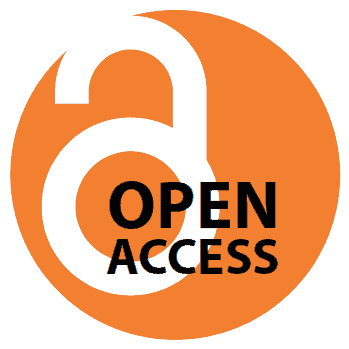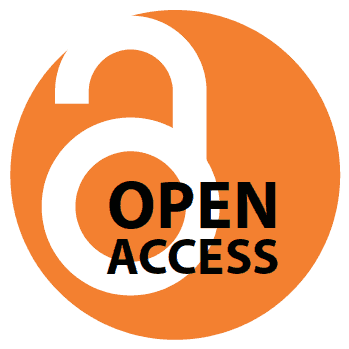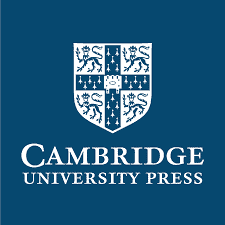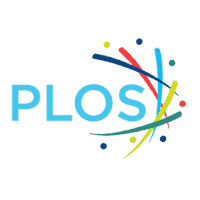The University Libraries is pleased to announce it has joined Punctum Books Supporting Library Membership Program for three years. Punctum Books is a scholar-led, queer-led, and peer-reviewed academic book publisher devoted to academic and para-academic authors working in any field in the humanities, social sciences, fine arts, and architecture & design who want to publishContinue reading “Libraries support OA book publisher Punctum Books”
Tag Archives: Open Access
Wiley Open Access Agreement
Important Update: All Wiley open access credits for 2022 have been used. UI authors will instead be offered a 10% discount on APCs. Information about an expanded Wiley open access agreement for 2023 and beyond will be announced as soon as possible. (12/16/2022) University Libraries is excited to announce an open access (OA) agreement withContinue reading “Wiley Open Access Agreement”
Company of Biologists: Free Open Access Publishing for UI Authors
The University of Iowa Libraries has entered into a transformative agreement with the Company of Biologists that allows University of Iowa authors to publish open access articles for free in their 5 journals. Key benefits of the agreement include: Publishing open access allows articles to reach a wider audience because they are free to readContinue reading “Company of Biologists: Free Open Access Publishing for UI Authors”
ECS Plus: Free Open Access Publishing for UI authors
The University of Iowa Libraries has entered into a transformative agreement with the Electrochemical Society (ECS) that allows University of Iowa authors to publish open access for free in ECS journals. The number of open access articles that can be published for free is unlimited and takes effect immediately. Publishing open access allows articles toContinue reading “ECS Plus: Free Open Access Publishing for UI authors”
Publish Open Access with the American Chemical Society
The University of Iowa Libraries has entered into an agreement with the American Chemical Society (ACS) to bundle the cost of journal subscriptions and Open Access (OA) publishing. Under this three-year contract, UI corresponding authors can publish their journal articles Open Access and free of cost to them in any ACS journal. These articles can then be immediatelyContinue reading “Publish Open Access with the American Chemical Society”
UI authors can now make Cambridge articles Open Access for free
On the heels of its recent arrangement with PLOS, the Big Ten Academic Alliance (BTAA) has entered into a second contract to bundle the cost of journal subscriptions and Open Access (OA) publishing, this time with publisher, Cambridge University Press. Under this three-year contract, UI corresponding authors can publish their journal articles OA and free of cost to them, in any of Cambridge’s journals. These articles can then be read by anyone, anywhere,Continue reading “UI authors can now make Cambridge articles Open Access for free”
Big Ten Academic Alliance Signs new PLOS Deal
If you’ve ever considered publishing Open Access (OA) in PLOS Biology or PLOS Medicine, it just got a lot more affordable. The Big Ten Academic Alliance (BTAA), of which University of Iowa is a member, just signed a three-year deal with the OA mega-journal publisher, PLOS, allowing corresponding authors at any Big 10 university to publish in these two journals without any cost to the author. This agreementContinue reading “Big Ten Academic Alliance Signs new PLOS Deal”
Open Access to Research Data
Written by Brian Westra, Data Services Manager This year’s International Open Access Week is emphasizing equitable foundations for open knowledge. Across the sciences, social sciences, and humanities there is a growing recognition of the importance of open access to research data. The FAIR (Findable, Accessible, Interoperable, and Reusable) data principles encompass a set of technical/ computationalContinue reading “Open Access to Research Data”
Scholarly Communications and OA
Written by Mahrya Burnett, Scholarly Communications Librarian In the libraries, we spend the whole month of October celebrating Open Access (OA), and with good reason. As scholarly publishing continues to evolve and spawn new models for disseminating knowledge, it’s more important than ever to make sure that anyone can access critical research andContinue reading “Scholarly Communications and OA”
Guest post: Open Access – a fitting model for the case report
During the month of Open Access week (October 22-28, 2018) we will be highlighting a number of guest posts from University of Iowa Faculty and Staff who have personal experience making their work Open Access. We appreciate their contributions. The fourth post is by Alex C. Essenmacher, MD, Diagnostic Radiology.



